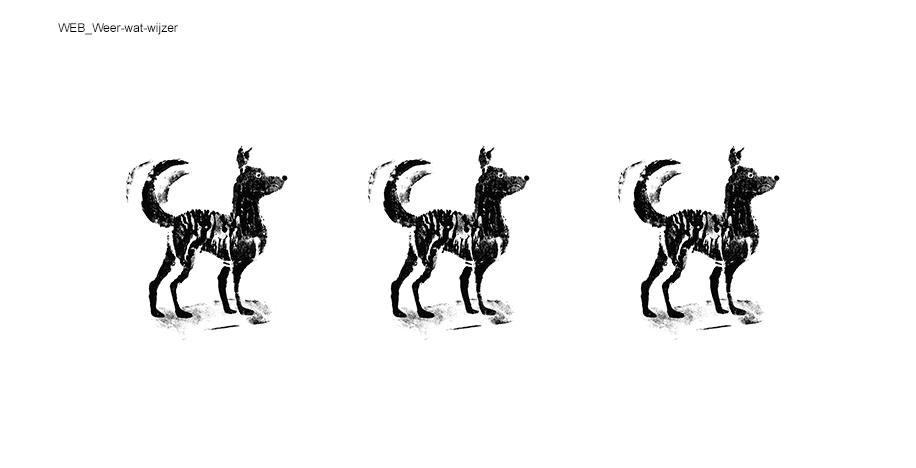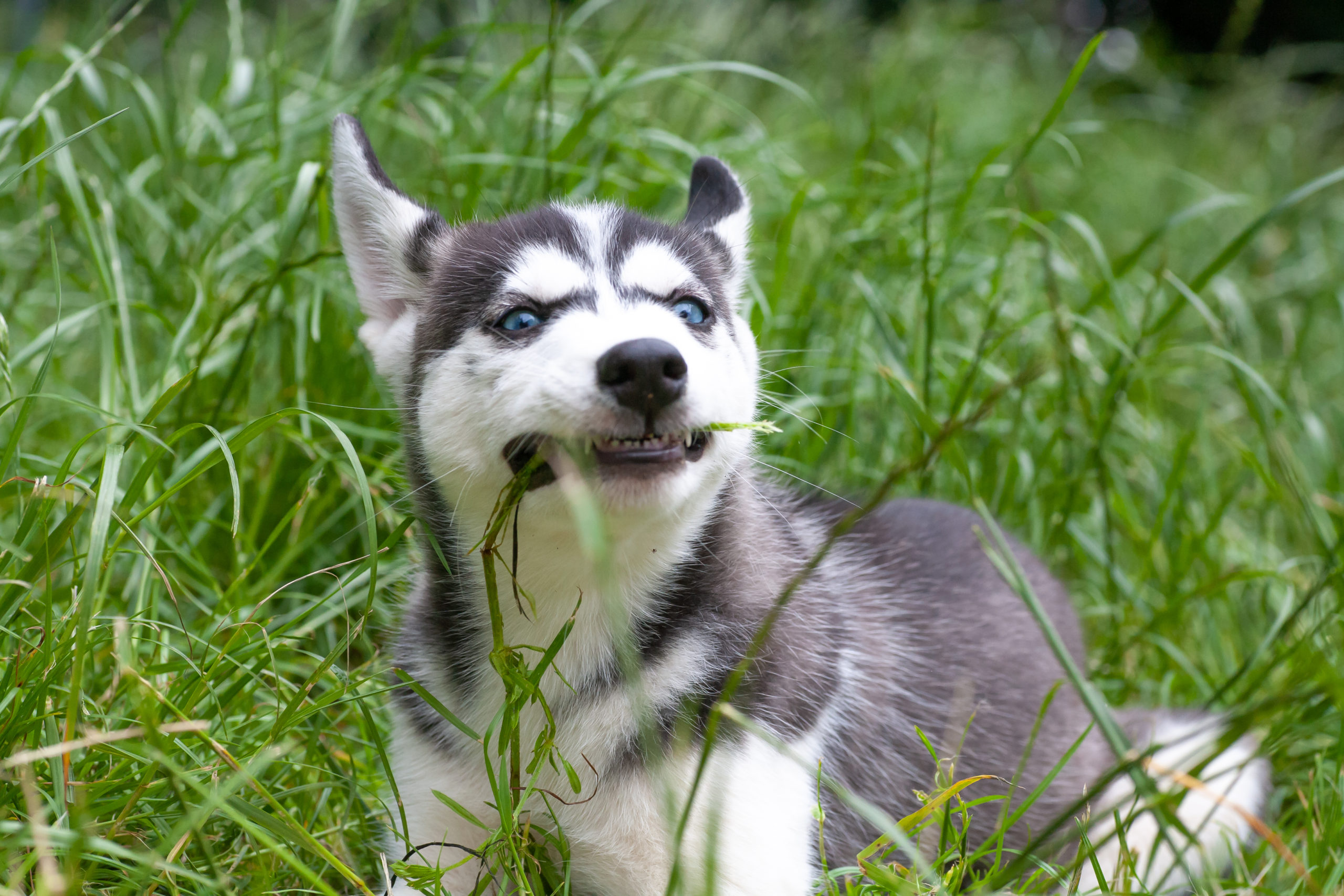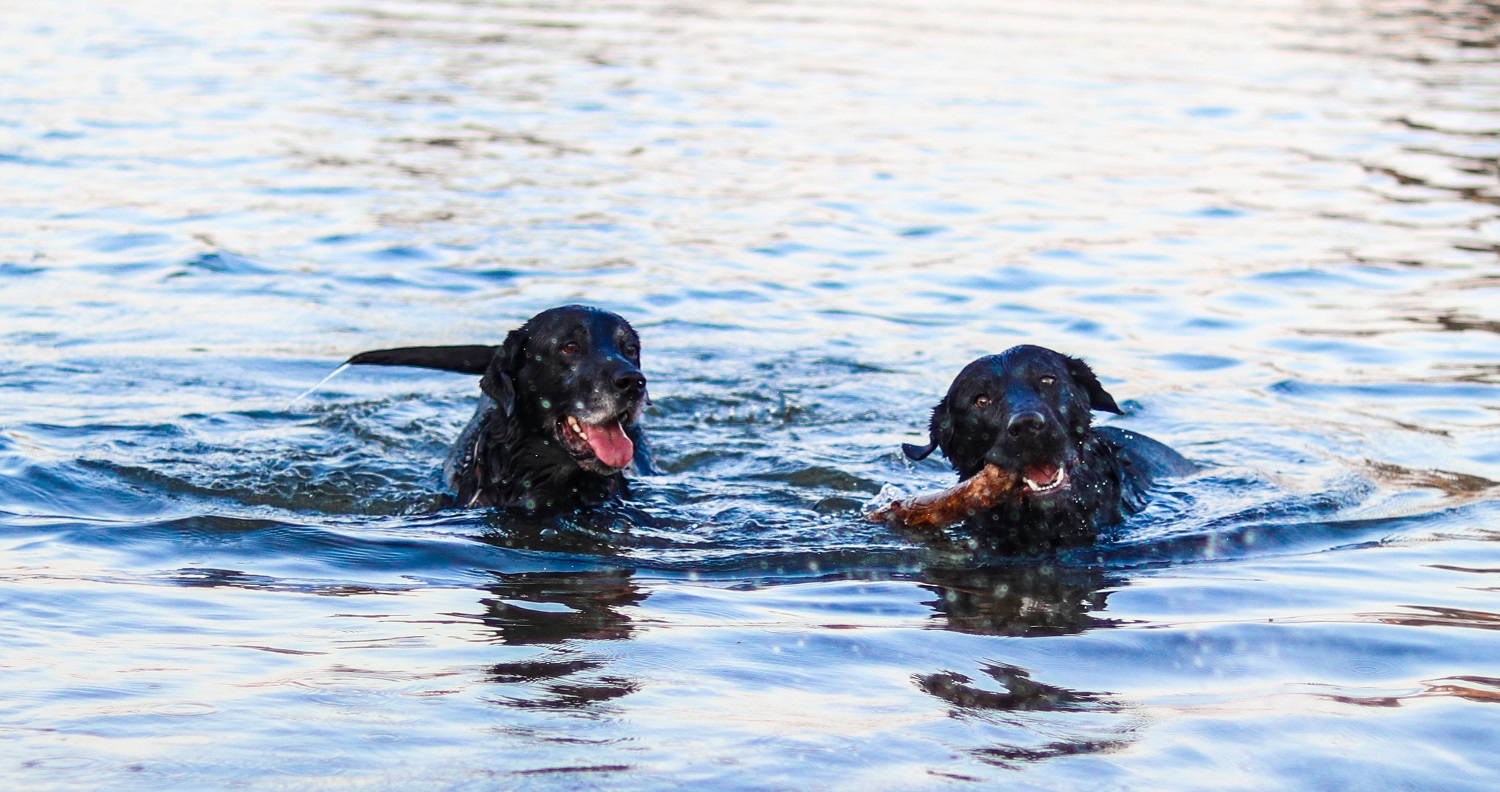‘There are several reasons why a dog wags its tail,’ says Bonne Beerda, a lecturer in Behavioural Ecology. ‘Dogs get the measure of each other by reading each other’s tails. A dog that’s wagging its tail could be telling you: I am friendly and have no bad intentions.’
But tail-wagging isn’t always a sign of happiness. It’s more generally an expression of excitement (positive or negative) or conflict. Beerda: ‘You see that for example when a dog wants to go somewhere it’s not allowed, or wants to leave but is not allowed to. It wags its tail then too.’
But when the boss comes home, a dog wags its tail out of joy, right? Even that can vary: it is primarily from excitement, Beerda tells us: ‘The dog wants to greet the owner and jump up, as dogs do, but that is usually not allowed. Then you sometimes see its whole butt moving to and fro with the wagging tail. That means the dog is suppressing what it really wants to do, which is to go crazy.’
Research shows that the direction in which a dog wags its tail reflects its state of mind. ‘The right side of the brain is more involved in avoidance,’ says Beerda. ‘And that corresponds to tail-wagging to the left. When it’s a case of approaching someone, it is more to the right. Researchers made dogs watch videos of other dogs wagging their tails. If the tail on the video was wagging to the right, the dog watching was relaxed. If the tail was being wagged to the left in the video, the heartbeat of the dog watching the TV went up. A sign that the dog was tense.’
The way the tail is wagged and the position of the tail provide additional information, says Beerda. ‘A dog that wags its tail gently and in relaxed slow movements is usually friendly. A stiff, short wag of the tail can indicate fear or possibly aggression. A dog with its tail between its legs is fearful or submissive. A dog with its tail in the air is self-assured or dominant.’
We selected for childlike traits when domesticating wolves
Bonne Beerda, lecturer in Behavioural Ecology
According to Beerda, dogs wag their tails much more than their ancestor, the wolf. ‘We humans selected for childlike traits when we domesticated wolves: playfulness, social behaviour, non-aggressive behaviour. Wolves do still wag their tails when they are pups, you see. ‘
Every day we are bombarded with sometimes contradictory information. So what are the facts of the matter? In this feature, a scientist answers your burning questions. Asking questions makes you wiser. Do you dare to ask yours? Email us at: redactie@resource.nl.

 Illustration: Marly Hendricks
Illustration: Marly Hendricks 

